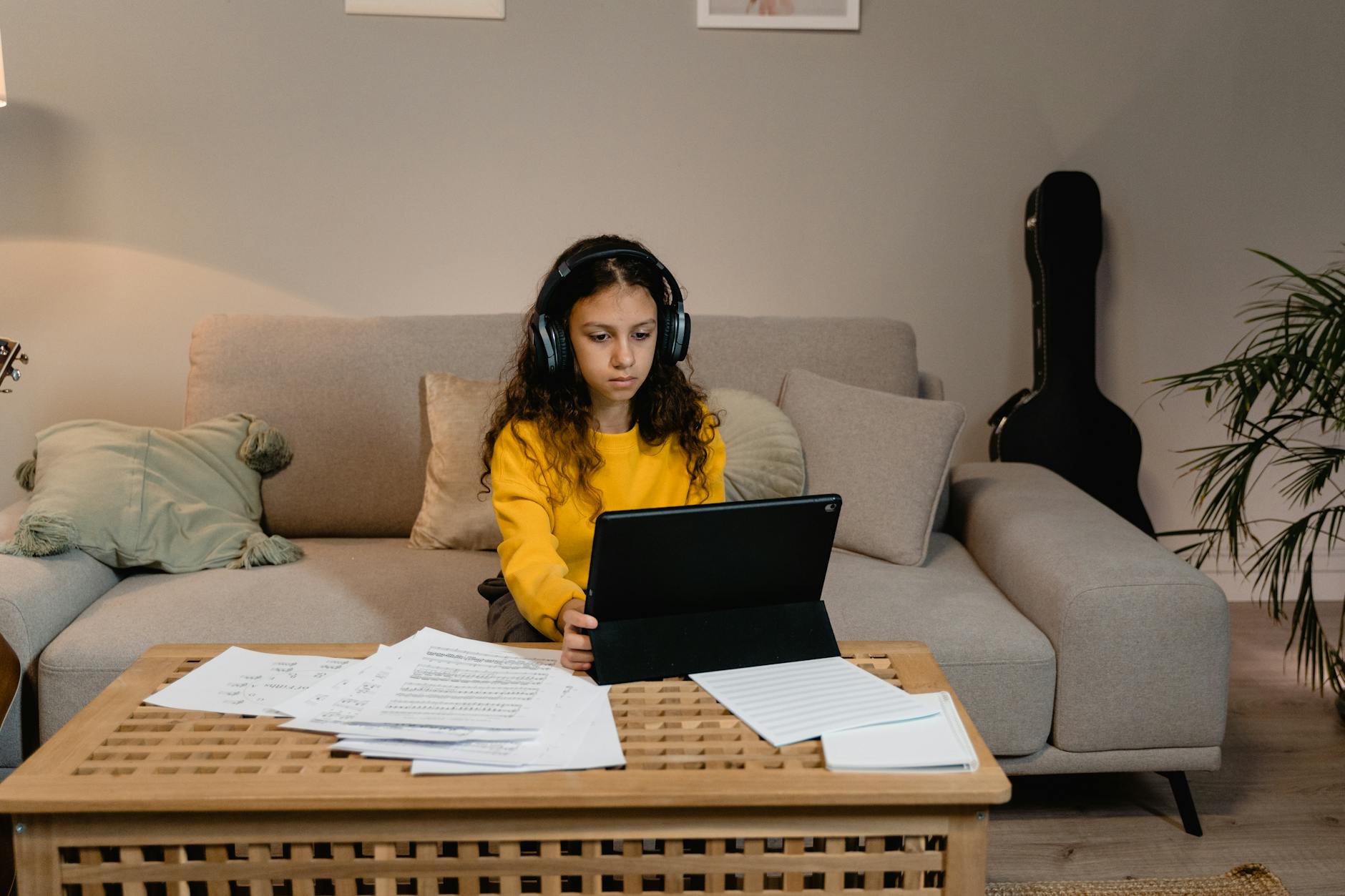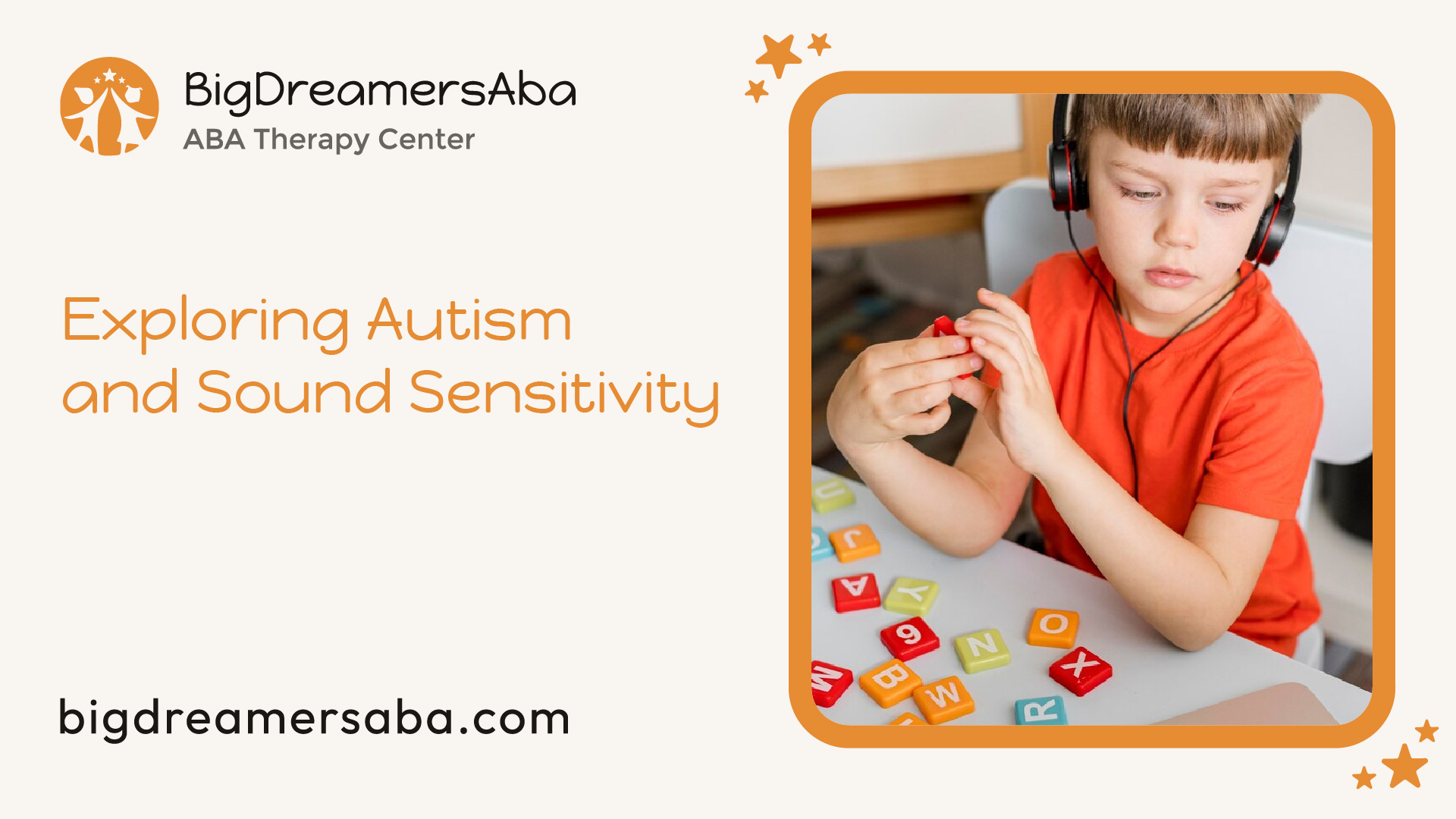Exploring Autism and Sound Sensitivity
Discover the link between autism and sound sensitivity. Explore coping strategies and support for individuals.

Understanding Sound Sensitivity in Autism
When exploring the relationship between autism and sound sensitivity, it becomes evident that up to 70% of individuals with autism experience this sensitivity, a significantly higher rate compared to the general population where only 8% report being sensitive to sounds [1]. This heightened sensitivity can have a profound impact on the daily lives of individuals with autism, leading to various challenges and communication difficulties.
Impact on Daily Life
For individuals with autism, sound sensitivity can manifest in various ways and significantly impact their daily routines. The hypersensitivity to sounds can result in avoidance of certain places or situations, difficulty concentrating, emotional distress, anxiety, frustration, and even physical pain. Simple sounds that others may not notice can be overwhelming and distressing for those with autism, disrupting their ability to focus and engage in everyday activities.
The impact of sound sensitivity on daily life can vary from individual to individual, but it often leads to heightened stress levels, social withdrawal, and challenges in participating in typical social interactions. It is essential for caregivers, educators, and healthcare professionals to recognize and address these challenges to support individuals with autism in navigating their daily lives effectively.

Communication Challenges
Sound sensitivity in individuals with autism can also pose significant challenges in the realm of communication. The heightened sensitivity to sounds can make language development and communication more challenging, especially when combined with anxiety or emotional distress triggered by certain sounds.
The presence of background noises or sudden loud sounds can disrupt the communication process, leading to difficulties in understanding verbal cues, expressing thoughts, and engaging in conversations. This can result in misunderstandings, misinterpretations, and feelings of frustration for both the individual with autism and those around them.
To address these communication challenges, it is crucial to create a supportive and understanding environment that takes into account the unique sensory needs of individuals with autism. By implementing strategies to minimize sound triggers, provide clear communication cues, and offer alternative communication methods, caregivers and professionals can help individuals with autism navigate their communication challenges more effectively.

The Relationship Between Sound Sensitivity and Anxiety
In individuals with autism, sound sensitivity can often lead to anxiety, creating a complex and reciprocal relationship between the two. The presence of sound sensitivity can heighten anxiety levels, and conversely, heightened anxiety can increase sensitivity to sounds.

Mutual Influence
The interplay between sound sensitivity and anxiety can have significant behavioral and emotional effects on individuals with autism. Certain sounds that may seem ordinary to others can trigger distress, anxiety, and even meltdowns in individuals with sound sensitivity [2]. The emotional response to these sounds can be intense, leading to increased stress levels and difficulties in coping.
Autistic individuals may process sensory information differently, being unable to filter out irrelevant sights or sounds, or finding certain sensory inputs severely distracting or uncomfortable [3]. This unique sensory processing can amplify the impact of sound sensitivity on anxiety levels, creating a challenging environment for individuals with autism.
Coping Strategies
To address the intertwined issues of sound sensitivity and anxiety in individuals with autism, it is essential to implement effective coping strategies. One approach is to create a sensory-friendly environment that minimizes potential triggers and promotes a sense of calm and security. This can include using soft lighting, reducing background noise, and providing comfortable spaces for relaxation.
Additionally, the use of noise-canceling devices, such as headphones or earplugs, can help individuals with autism manage sound sensitivity and reduce anxiety in noisy or overwhelming situations. These devices can provide a buffer against loud sounds and create a more peaceful auditory environment for individuals with heightened sensitivity [2].
By implementing tailored coping strategies and creating supportive environments, individuals with autism can better manage the challenges posed by sound sensitivity and anxiety. It is crucial for caregivers, educators, and professionals to work collaboratively to provide the necessary support and resources to help individuals with autism navigate these complex sensory experiences.
Supporting Individuals with Autism and Sound Sensitivity
When it comes to individuals with autism who experience sound sensitivity, the support they receive from their immediate environment plays a crucial role in helping them navigate daily challenges. Both the parental and caregiver role, as well as professional guidance, are essential in providing the necessary assistance and understanding for individuals with autism and sound sensitivity.
Parental and Caregiver Role
Parents and caregivers of individuals with autism who encounter sound sensitivity can make a significant impact by understanding the triggers that affect their loved ones. By recognizing these triggers, parents and caregivers can help develop effective coping strategies that enable individuals to manage their responses to sound stimuli [1].
Furthermore, emotional support and reassurance are key aspects of the parental and caregiver role. Creating a safe and comforting environment where individuals feel understood and supported can greatly alleviate the stress and anxiety caused by sound sensitivity. Building social skills and facilitating social interactions also contribute to enhancing the quality of life for individuals with autism and sound sensitivity.
Professional Guidance
Seeking professional guidance is another crucial aspect of supporting individuals with autism and sound sensitivity. Professionals such as therapists, psychologists, and special educators can provide specialized interventions and strategies tailored to the unique needs of each individual. They can offer valuable insights, resources, and therapeutic techniques to help individuals cope with sound sensitivity and develop effective coping mechanisms.
Moreover, professionals can assist in creating individualized plans and interventions that address specific challenges related to sound sensitivity. Collaborating with professionals who have expertise in autism and sensory processing can enhance the overall support system for individuals with autism and sound sensitivity.
By actively engaging in the parental and caregiver role and seeking professional guidance, individuals with autism and sound sensitivity can receive the comprehensive support they need to navigate the complexities of sound sensitivity and thrive in their daily lives. Building a strong support network that combines understanding, empathy, and expertise is fundamental in promoting the well-being and success of individuals with autism and sound sensitivity.
Neurological Factors and Sound Sensitivity
Understanding the neurological underpinnings of sound sensitivity in individuals with autism is crucial in addressing the challenges they face. This section explores how brain processing and sensory overload contribute to sound sensitivity in individuals on the autism spectrum.
Brain Processing
Research indicates that sound sensitivity in individuals with autism may be linked to neurological differences in the brain, particularly in how the auditory system processes sounds [2]. Differences in the way the auditory cortex responds to sounds can lead to heightened sensitivity or intolerance to specific frequencies or volumes. This altered processing can result in individuals with autism experiencing certain sounds as overwhelming or distressing, impacting their daily lives and social interactions.
Studies have shown that the nervous system of children with autism may exhibit heightened brain activity in response to certain sounds, suggesting a heightened sensitivity to auditory stimuli compared to typically developing children. This enhanced reactivity to sound stimuli can contribute to the challenges individuals with autism face in noisy or crowded environments, where sensory input is amplified.
Sensory Overload
Hyperacusis, a prevalent form of sound sensitivity in individuals with autism spectrum disorder (ASD), can be associated with various medical conditions such as post-traumatic stress disorder (PTSD), depression, migraines, tinnitus, and attention deficit hyperactivity disorder (ADHD). The co-occurrence of hyperacusis with these conditions underscores the complexity of sensory processing difficulties experienced by individuals on the autism spectrum.
Studies have reported a high prevalence of hyperacusis in individuals with ASD, with rates ranging from 18% to 69% across different studies [5]. Hyperacusis, characterized by an increased sensitivity to everyday sounds, can significantly impact the quality of life for individuals with autism, leading to challenges in communication, social interactions, and daily activities.
By delving into the neurological factors contributing to sound sensitivity and sensory overload in individuals with autism, we can gain a deeper understanding of the challenges they face. Recognizing the unique processing differences in the brain and the impact of sensory overload is essential in developing effective strategies and interventions to support individuals with autism and sound sensitivity in their daily lives.
Strategies for Managing Sound Sensitivity
Individuals with autism may experience sound sensitivity in varying ways, making it essential to tailor management strategies to meet their specific needs. Understanding the diverse manifestations of sound sensitivity in autism is crucial for providing effective support and accommodations [6].
Creating a Sensory-Friendly Environment
When addressing sound sensitivity in individuals with autism, creating a sensory-friendly environment can significantly impact their well-being. This involves minimizing sensory triggers and providing a calm and structured space that promotes comfort and reduces stress. Key strategies for creating a sensory-friendly environment include:
Use of Noise-Canceling Devices
Incorporating noise-canceling devices, such as headphones or earplugs, can be instrumental in managing sound sensitivity for individuals with autism. These devices help to reduce exposure to overwhelming sounds and provide a sense of control over the auditory environment.
A 2018 study highlighted the positive impact of noise-canceling headphones on autistic individuals, demonstrating increased participation in various settings such as home, community, and school. By wearing noise-canceling headphones, individuals can engage more comfortably in daily activities, navigate noisy environments, and regulate their sensory input effectively.
By implementing these strategies for managing sound sensitivity, individuals with autism can experience improved comfort, reduced sensory overload, and enhanced quality of life. Tailoring interventions to address individual needs and preferences is key to fostering a supportive and accommodating environment for those with autism and sound sensitivity.
Treatment Approaches for Sound Sensitivity
Individuals with autism who experience sound sensitivity often benefit from specific treatment approaches tailored to address this challenge. Two effective methods for managing sound sensitivity in autism include habituation training and cognitive behavioral therapy.
Habituation Training
Habituation training is a technique used to help individuals with sound sensitivity retrain their brains to reduce fearful responses to sound stimuli. This approach aims to desensitize the individual to certain sounds by gradually exposing them to the sounds in a controlled environment. Over time, repeated exposure can help reduce the emotional and physiological reactions triggered by sound sensitivity.
Studies have shown significant improvements in hyperacusis symptoms, a form of sound sensitivity, through habituation training. By working with trained professionals, individuals with autism can engage in habituation training programs that are personalized to their specific needs and sensitivities. This structured approach can help individuals build tolerance to sound triggers and improve their overall quality of life.
Cognitive Behavioral Therapy
Cognitive behavioral therapy (CBT) is a therapeutic approach that focuses on helping individuals with sound sensitivity develop coping skills and manage their emotional responses to sound triggers. In the context of autism, CBT can be particularly effective in modifying noise-related irrational thoughts and behaviors.
Clinicians specializing in autism can work with individuals to create personalized CBT plans that address their unique sound sensitivity challenges. Through CBT sessions, individuals learn strategies to cope with sound sensitivity, regulate their responses, and reduce discomfort associated with certain sounds. By providing tools to manage their emotions and reactions, CBT empowers individuals to navigate sound sensitivity more effectively.
For individuals with high-functioning ASD and hyperacusis, CBT has shown promising results in improving symptoms and enhancing overall well-being. By addressing the cognitive and behavioral aspects of sound sensitivity, CBT equips individuals with valuable skills to navigate challenging auditory environments with greater confidence and resilience.
By incorporating habituation training and cognitive behavioral therapy into treatment plans, individuals with autism and sound sensitivity can access effective strategies to manage their auditory challenges and enhance their quality of life. These evidence-based approaches offer valuable tools for individuals, caregivers, and professionals to support individuals with autism in overcoming sound sensitivity barriers and thriving in their daily lives.
References
[2]:
[3]:
[4]:
[5]:
[6]:
[7]:
Recent articles

Experts Describe Kennedy’s Plan to Identify Autism’s Cause as Unrealistic

How to Understand and Manage Aggressive Behaviors in Autism
